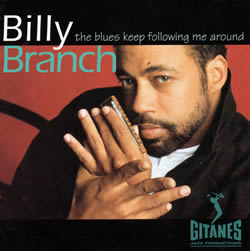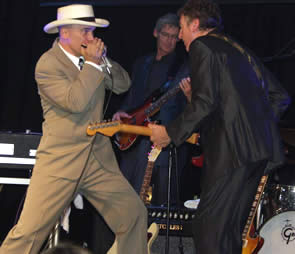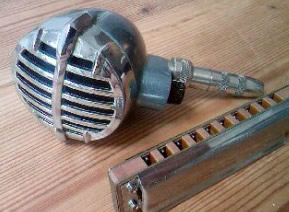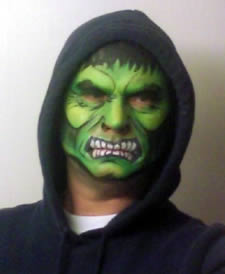Billy Branch – Kingston Mines, Chicago, Sat 21.Mar 2009
The blues keep following me around
 Ever since buying a copy of the 1990 W.C.Handy award winning album Harp Attack, Billy Branch has had me intrigued. He’s pictured on the cover as the new kid on the block, alongside three legends – Junior Wells, James Cotton and Carey Bell. Billy provides fresh reinforcement for the old guard, enlisted to extend the Chicago Harp tradition rather than bend it (as Sugar Blue might have done). The album is of course a valuable celebration of ChiTown honking, however the full extent of Branch’s artistic ability was probably hidden under the barrage.
Ever since buying a copy of the 1990 W.C.Handy award winning album Harp Attack, Billy Branch has had me intrigued. He’s pictured on the cover as the new kid on the block, alongside three legends – Junior Wells, James Cotton and Carey Bell. Billy provides fresh reinforcement for the old guard, enlisted to extend the Chicago Harp tradition rather than bend it (as Sugar Blue might have done). The album is of course a valuable celebration of ChiTown honking, however the full extent of Branch’s artistic ability was probably hidden under the barrage.
So it was when I heard his 1995 solo album, The Blues Keep Following Me Around, that I really began to appreciate Billy’s work. Again it stems directly from the Chicago idiom – how could it not – but it makes a fearless march forward. It is new, energetic and wonderfully varied. Billy’s passion for the blues shines through the whole recording and he takes no prisoners. His cover of Tony Joe White’s Polk Salad Annie is a particular classic. With a heap of soul in the vocals and a brooding, pulsating groove, Mr. Branch takes you down in Louisiana and dumps you right on your…corn patch. Which reminds me – Billy is not only a cool harp player, he is also a magnificent singer. (more…)




